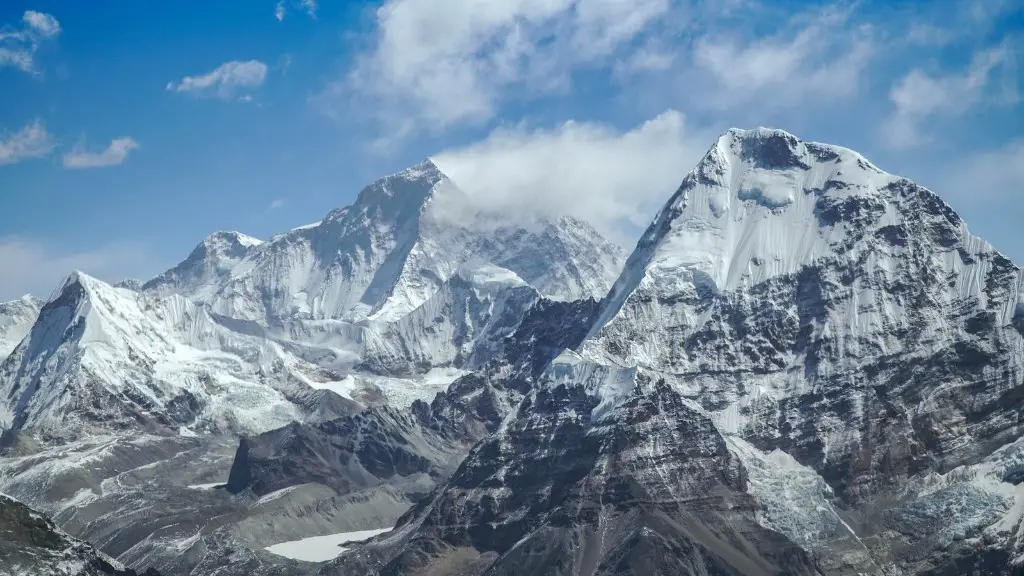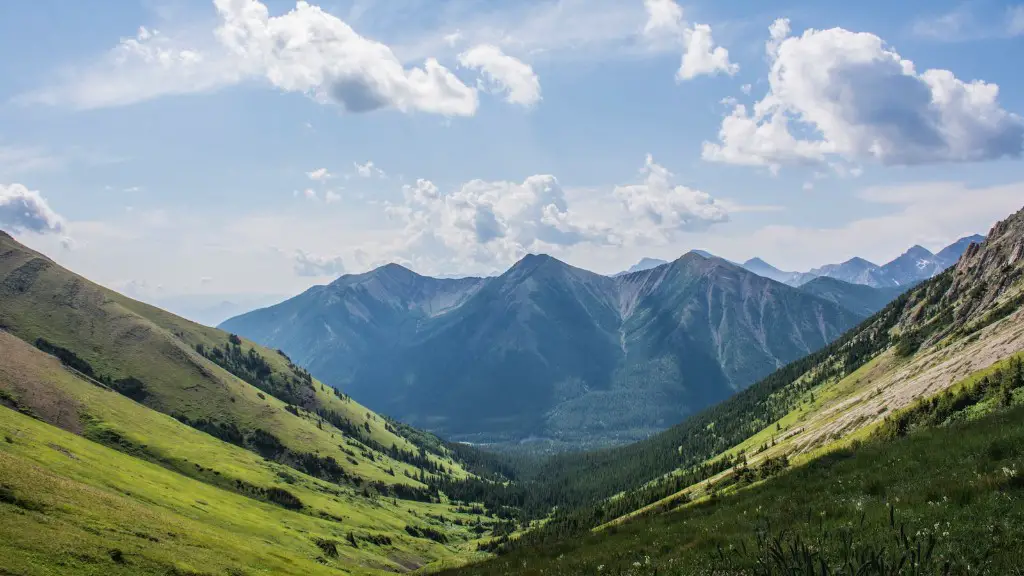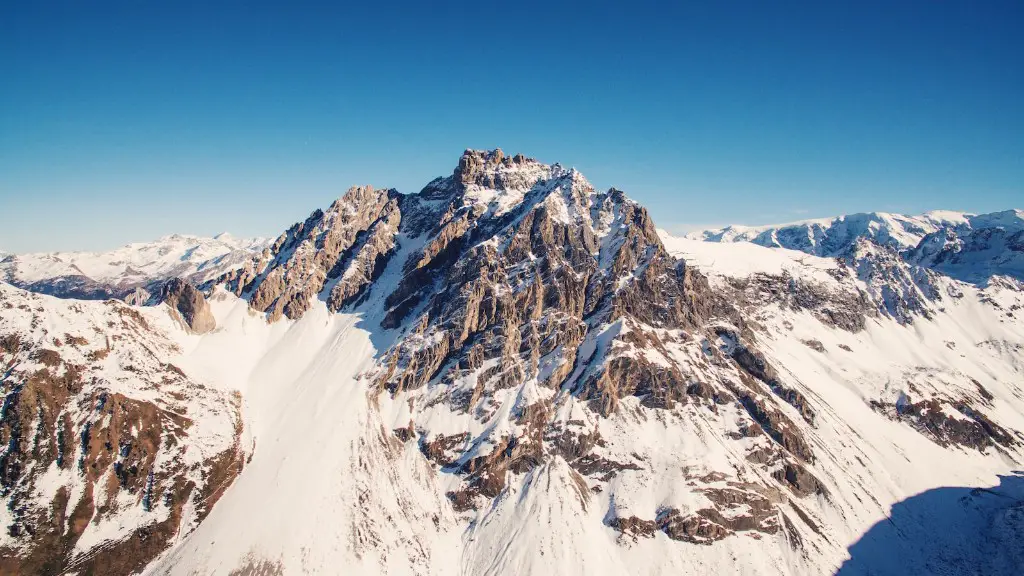Matterhorn is a mountain in the Pennine Alps on the border between Switzerland and Italy. It is one of the tallest mountains in the Alps, and its summit is the highest point in Switzerland. The mountain is known for its pyramid-shaped peak, which is one of the most iconic images of the Alps.
Climbing the Matterhorn is a popular goal for mountaineers and hikers from all over the world. The mountain is challenging, but it can be done with proper preparation and organisation. This guide will give you some tips on how to climb the Matterhorn with organisation.
There is no one definitive answer to this question, as it largely depends on the specific organization that you are climbing with. However, there are some general tips that you can follow to make sure that your ascent goes smoothly. First, make sure to thoroughly research the organization that you are climbing with. This includes reading reviews, checking out their website, and talking to people who have used their services before. It is also important to make sure that you are physically and mentally prepared for the climb. This means training in advance, packing all of the necessary gear, and being aware of the risks involved. Finally, follow the instructions and guidelines of your organization carefully. This will help you stay safe and make the most of your experience.
How much does it cost to climb the Matterhorn with a guide?
The Matterhorn is one of the most iconic mountains in the world, and its summit is a coveted prize for climbers. The price to climb the Matterhorn starts at 3040 Euros, making it a pricey endeavor. However, the experience of standing on top of this magnificent peak is unforgettable and well worth the cost.
The Matterhorn is a popular target for experienced mountaineers looking for an adventure. It’s a tough and committing climb that is always a big day, involving technical terrain at altitude. Therefore, the mountain requires appropriate fitness, experience, climbing ability and training.
What is the easiest way to climb the Matterhorn
The Hörnli Ridge is the easiest route to the summit of the Matterhorn. It involves 1,220 metres of ascent from the Hörnli Hut (aka the Hörnlihütte). It is the usual route for those staying in Zermatt, and roughly follows the Matterhorn’s north east ridge. The Hörnli Ridge is graded AD.
If you’re looking to climb the Matterhorn, it’s highly advised that you use a qualified mountain guide. The route is complex and loose in parts, so having someone who knows the mountain well is crucial.
Can you climb the Matterhorn with no experience?
The Matterhorn is a technical alpine rock, snow, and ice climb. This climb requires climbers to have previous experience rock climbing (57 grade) in boots and being comfortable climbing on steep firm snow and ice. The Matterhorn is an iconic mountain and one of the most famous climbs in the world.
The best time to climb the Matterhorn is usually mid-June to mid-August. You can get information on conditions in the Alpincenter-Zermatt. On the day before you plan to climb the mountain, it is a good idea to arrive at the hut early, in order to check out the first section of the route in daylight.
What is harder Mont Blanc or Matterhorn?
Matterhorn is a beautiful mountain that demands a lot of stamina and technical expertise. It is more popular among climbers than walkers. I would recommend everyone to at least give it a try once in their lifetime.
Climbing up to 10 routes in a row on 56–58 terrain with boots on is a great goal for climbers to have. This will ensure that they are able to complete the climb on the Matterhorn with a lightweight pack.
Is there a train to the top of the Matterhorn
The Gornergrat Railway is a mountain railway in the Canton of Valais, Switzerland. It links the town of Zermatt to the Gornergrat summit at an elevation of 3,089 m above sea level. The line opened in 1898 and is 3.1 km long, with an average gradient of 10.8%. It is the highest open-air railway in Europe.
The railway operates all year round, with a regular schedule of trains running from Zermatt to the Gornergrat summit. In winter, the railway also operates a special Snow Train service, which runs on days when the Gornergrat is covered in snow.
The views from the Gornergrat are some of the most stunning in the Alps, with the Matterhorn and the Gorner Glacier both visible from the summit. The Gornergrat is also a popular starting point for hikes and mountaineering excursions in the summer months.
The Matterhorn is one of the most iconic peaks in the Alps, and it is also one of the most popular. Despite its popularity, the Matterhorn is a serious mountain, and climbing it is not to be taken lightly. You must be confident and competent at route finding, climbing UIAA II (Class 4) moving together or unroped, and climbing rock and mixed terrain in crampons both up and down. Weather conditions can change rapidly on the Matterhorn, and it is important to be prepared for all eventualities. If you are considering climbing the Matterhorn, make sure you are fully prepared before setting out.
What difficulty level is Matterhorn?
The Matterhorn is a truly iconic mountain, and its attraction lies in its stunning beauty and history. It is one of the most popular mountains to climb in the world, and its difficulty rating reflects that. While it may not be the hardest mountain to climb, it is still a challenging one, and one that every serious mountaineer should consider at some point.
Matterhorn is one of the most popular and challenging climbs in the Swiss Alps. The ascent and descent are both technically and physically demanding, given the mixed terrain and high altitude weather conditions. The trails feature some very steep sections, covered with snow or ice, and there is the risk of rockfall.
Is there a cable car to the top of the Matterhorn
The new 3S cableway of superlatives is operating all-year round, carrying up to 2000 passengers per hour to the Matterhorn Glacier Paradise The Matterhorn Glacier Ride l, the world’s highest 3S cableway, connects Trockener Steg with Matterhorn Glacier Paradise at 3883 metres.
There is a significant difference in time between the two tracks of the Matterhorn Bobsleds. The right track is approximately 2:30 minutes and the left track is approximately 2:10 minutes. This is likely because the left track is much faster.
What is a Grade 3 scramble?
Grade 3 scrambles often appear in climbing guides as ‘Moderately’ graded climbing routes. Use of the rope is to be expected for several sections, which may be up to about Difficult in rock climbing standards. Nonetheless, confident climbers should be able to tackle these sorts of climbs.
Approximately 3000 climbers summit the Matterhorn each year. In the summer, up to 150 climbers can attempt an ascent each day. However, over 500 people have died climbing on the Matterhorn – both on the way up and down from the summit.
Final Words
There is no one definitive answer to this question. However, we can provide some general tips that may be helpful in climbing the Matterhorn.
First and foremost, it is important to be well-prepared before attempting to climb the Matterhorn. This means having the proper gear and equipment, as well as being in good physical condition. It is also a good idea to have a detailed plan and to be familiar with the route you will be taking.
When actually climbing the Matterhorn, be sure to take your time and be cautious. The mountain can be very treacherous, and it is important to be safe. pay attention to the weather conditions and be prepared for any changes that may occur. Also, be sure to stay hydrated and to take breaks when needed.
In order to climb the Matterhorn, it is important to be organised. Some things to keep in mind are to bring the proper equipment, have a plan, and be aware of the weather conditions. With proper organisation, climbing the Matterhorn can be a safe and enjoyable experience.



